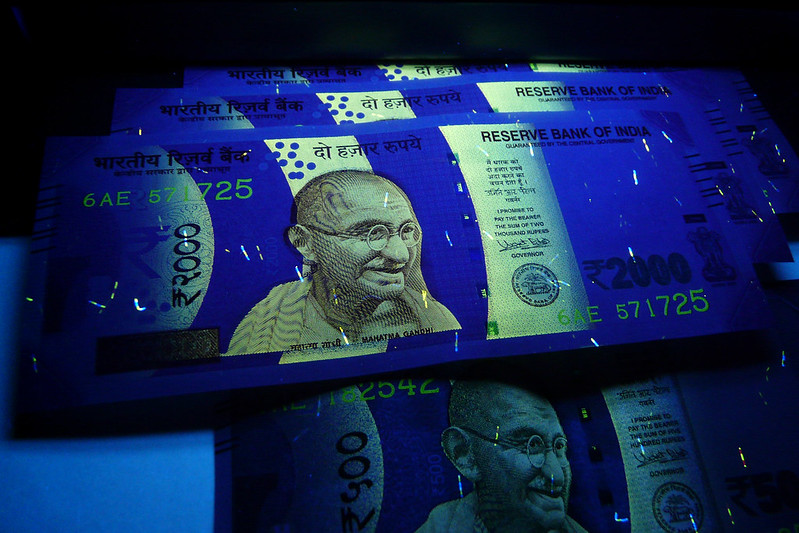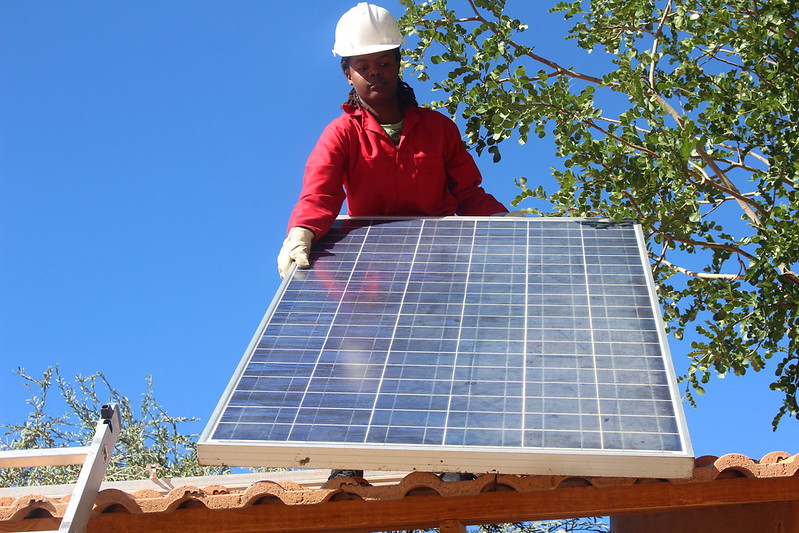 A green economy could be defined by three characteristics: low-carbon, socially inclusive and resource-efficient. Focusing on renewable energy, sustainable agricultural practices and opening new horizons for eco-friendly industries, the green economy holds the potential to serve as a powerful tool for boosting economic growth in low-income countries. Using investments as a focal point, green economies target renewable energy such as solar power, wind power and hydrogen to grow employment and income as well as prevent loss of biodiversity. By integrating environmentally sustainable practices into these key sectors, nations that adopt a green economy could create jobs and mitigate long-term poverty.
A green economy could be defined by three characteristics: low-carbon, socially inclusive and resource-efficient. Focusing on renewable energy, sustainable agricultural practices and opening new horizons for eco-friendly industries, the green economy holds the potential to serve as a powerful tool for boosting economic growth in low-income countries. Using investments as a focal point, green economies target renewable energy such as solar power, wind power and hydrogen to grow employment and income as well as prevent loss of biodiversity. By integrating environmentally sustainable practices into these key sectors, nations that adopt a green economy could create jobs and mitigate long-term poverty.
Green Jobs as a Catalyst for Economic Opportunity
In many low-income countries, poverty as a result of unemployment is a widespread issue, particularly in rural areas. In this case, the green economy presents itself as an occasion to diversify job markets and offer employment opportunities in areas that have not yet been brought to mainstream industries. By expanding into sectors such as renewable energy, sustainable agriculture and waste management, green jobs create a stronger bond with the social sphere of communities instead of just an environment-based one.
The renewable energy sector alone could offer significant job creation potential as the installation, operation and maintenance of solar power systems, wind turbines and hydroelectric systems require skilled workers in both urban and rural communities. These jobs could provide stable income and improve the lives of many by reducing dependency on costly alternatives such as imported fossil fuel-based energy and thus, increasing energy affordability on a larger scale. In the past decade, employment in renewable energy has nearly doubled, reaching a whopping 13.7 million in 2022, an increase from a total of 7.3 million in 2012.
Sustainable Agriculture
For many low-income economies, agriculture is the backbone of society. Smallholder farmers produce at least one-third of the world’s food, yet many of them continue to face poverty due to escalating issues such as outdated farming practices, environmental degradation and poor yields. In Rwanda, projects such as Land Husbandry, Water Harvesting and Hillside Irrigation (LWH) have positively contributed to a wider socioeconomic understanding of the need for agroforestry projects. The LWH has improved crop yields and land degradation, leading to an increase in incomes for smallholder farmers. This has also significantly alleviated poverty concerns as well as strengthened food security in local areas.
Thus, for the agriculture sector, green jobs can provide solutions to these issues by creating and encouraging sustainable farming methods that raise productivity and prevent environmental degradation. Investing time and effort into methods such as organic farming, agroforestry and soil conservation as well as into training smallholder farmers the value of these practices is a step towards improving long-term land fertility and crop yields.
Boosting Local Economies
Increasing interest in eco-friendly industries offers another opportunity to reduce poverty in low-income countries as these industries focus on sustainable manufacturing and construction. Activities such as these are labor-intensive and difficult to outsource, meaning they create local job opportunities.
With the right training, green industries require a diverse range of skills that workers—from technicians and engineers to managers and urban planners—can develop to adapt to the demand for environmentally responsible products. An example of this is the World Bank’s Energy Efficiency Improvement in Commercial and Industrial Sectors (VEEIE) project based in Vietnam. This project works towards helping local factories to adopt energy-efficient technologies to reduce costs and increase productivity. This project contributes to the creation of green jobs that have employed local workers to carry out installation and maintenance-related services in this industry.
Economic Growth in Low-Income Countries
Green jobs have already shown considerable success in addressing unemployment-driven poverty. In Kenya, for example, solar energy projects such as the Green Mini-Grid Program have successfully used incoming investments to create jobs in rural areas. By employing local workers who are in charge of installing, operating and carrying out maintenance for the solar energy products, this initiative provides affordable access to energy as well as employment opportunities for those in need.
Green jobs have the potential to significantly contribute to economic growth in low-income countries by providing a wider range of economic opportunities at the local level. Sectors such as renewable energy, sustainable agriculture and eco-friendly industries hold the potential to contribute to long-term economic growth, job creation and providing relief for those that live under poverty. With the appropriate policies, training programs and investment in the green economy, low-income countries can stimulate local economies and play a central role in economic well-being, environmental preservation and poverty reduction.
– Mashal Aman
Mashal is based in Kyoto, Japan and focuses on Business and Technology for The Borgen Project.
Photo: Flickr

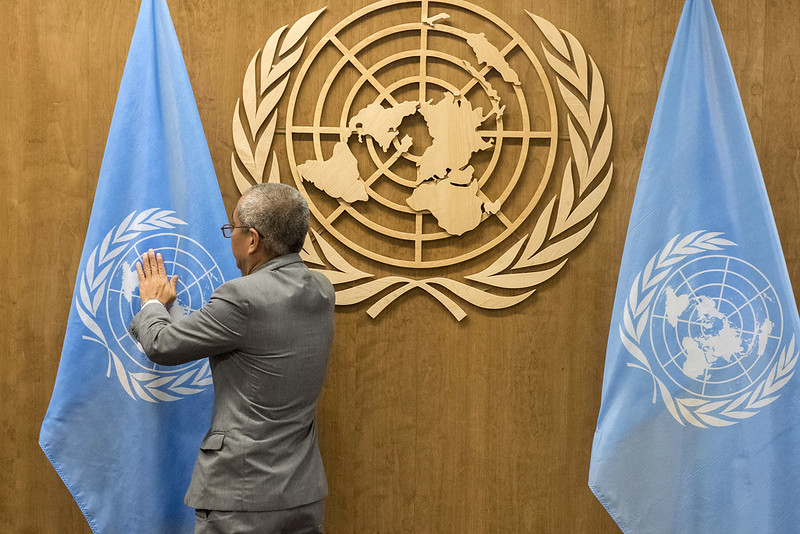 On August 30, 2024, the
On August 30, 2024, the 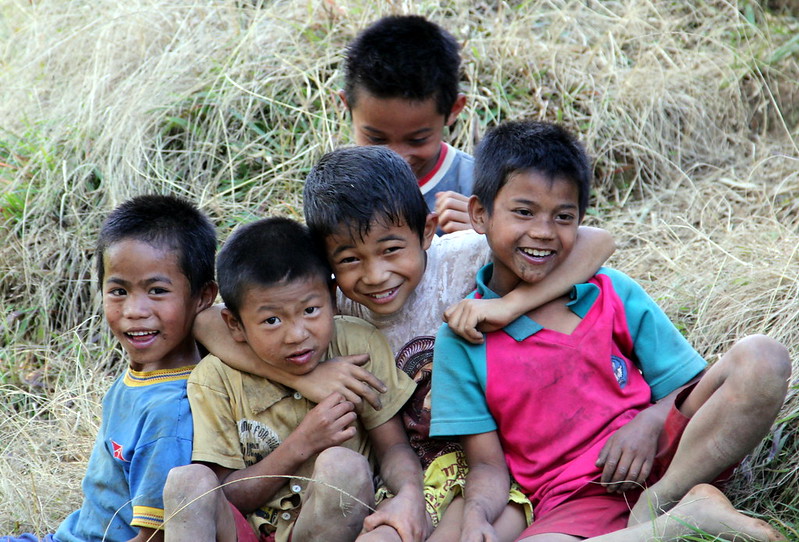
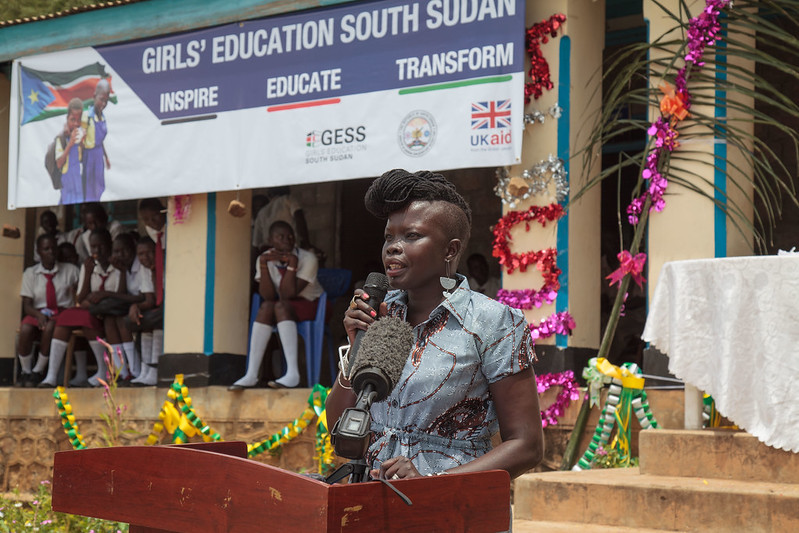
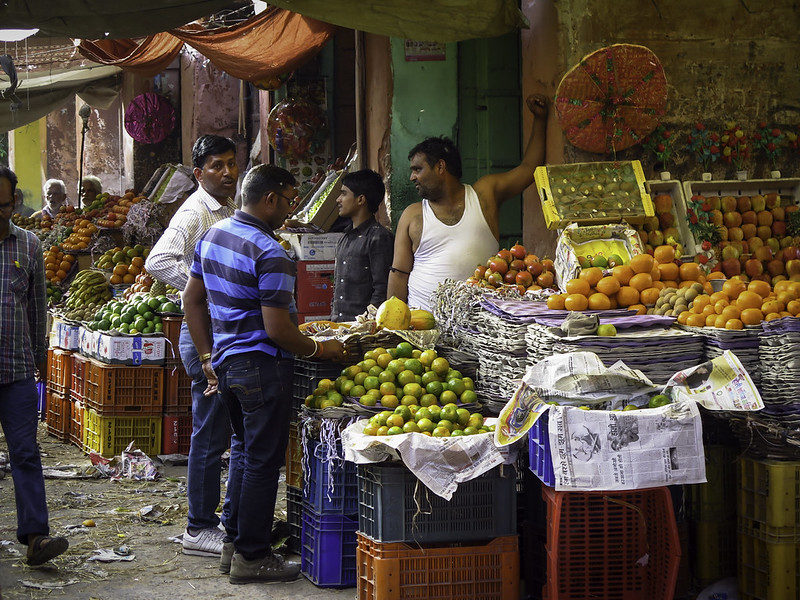 India has transformed from a minor player to a formidable economic force in the global market over seven decades. The country’s trade journey reflects resilience, strategic foresight and transformative policy shifts. Starting with a modest trade volume in 1950, foreign trade in India has surged to about
India has transformed from a minor player to a formidable economic force in the global market over seven decades. The country’s trade journey reflects resilience, strategic foresight and transformative policy shifts. Starting with a modest trade volume in 1950, foreign trade in India has surged to about 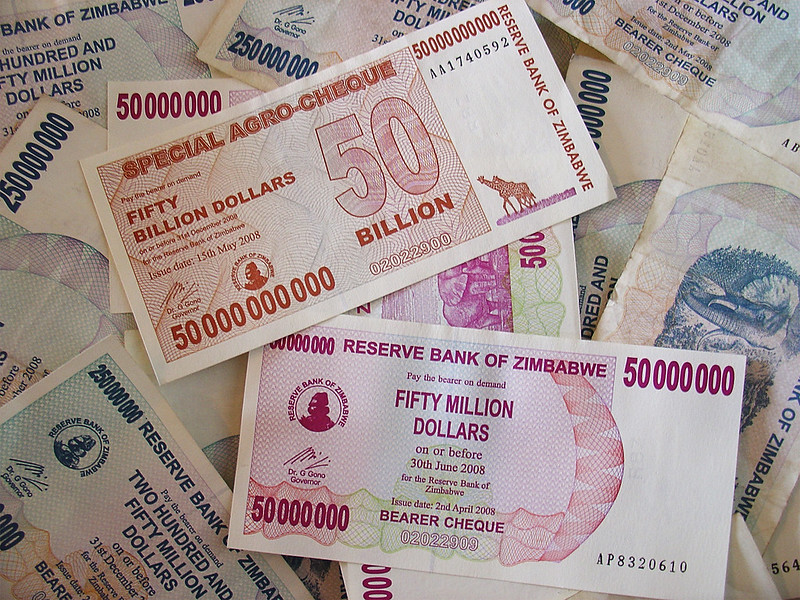
 The World Bank estimates that
The World Bank estimates that 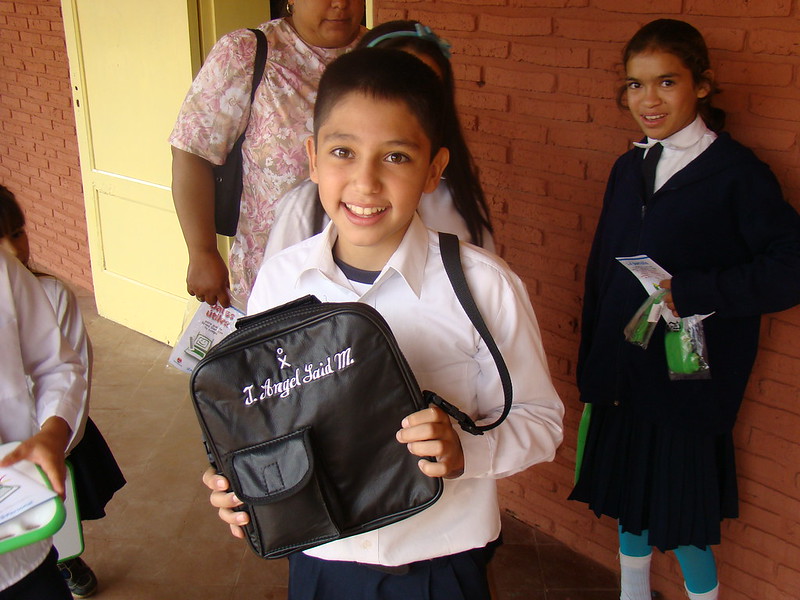 Paraguay is one of the smallest countries in South America but is still home to more than seven million residents. Many Paraguayans residing in the landlocked region struggle to survive, with nearly 17% of the population living in poverty. The poverty rate is even higher among rural and indigenous communities. As a result, hunger in Paraguay continues to be a significant problem.
Paraguay is one of the smallest countries in South America but is still home to more than seven million residents. Many Paraguayans residing in the landlocked region struggle to survive, with nearly 17% of the population living in poverty. The poverty rate is even higher among rural and indigenous communities. As a result, hunger in Paraguay continues to be a significant problem.